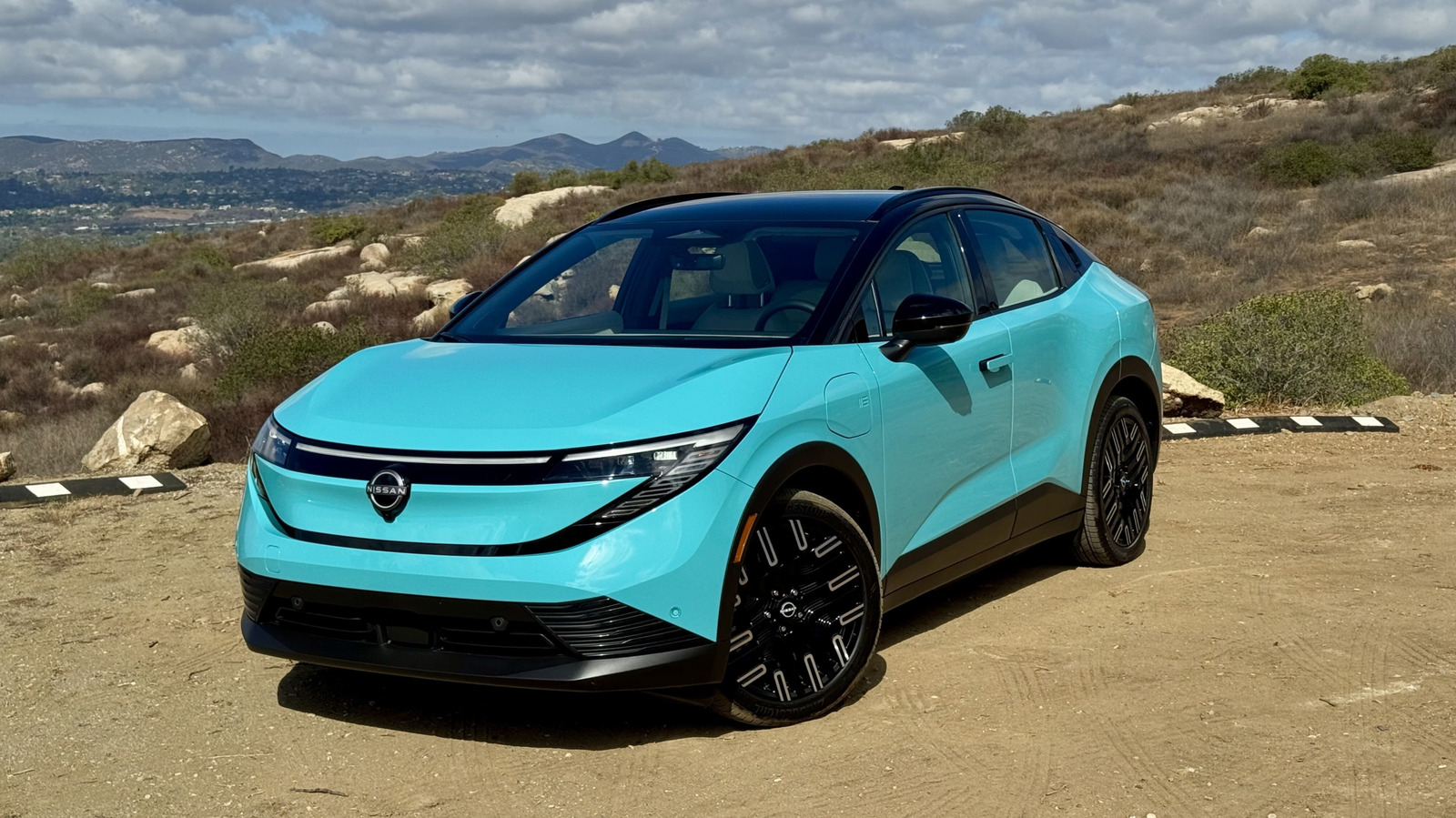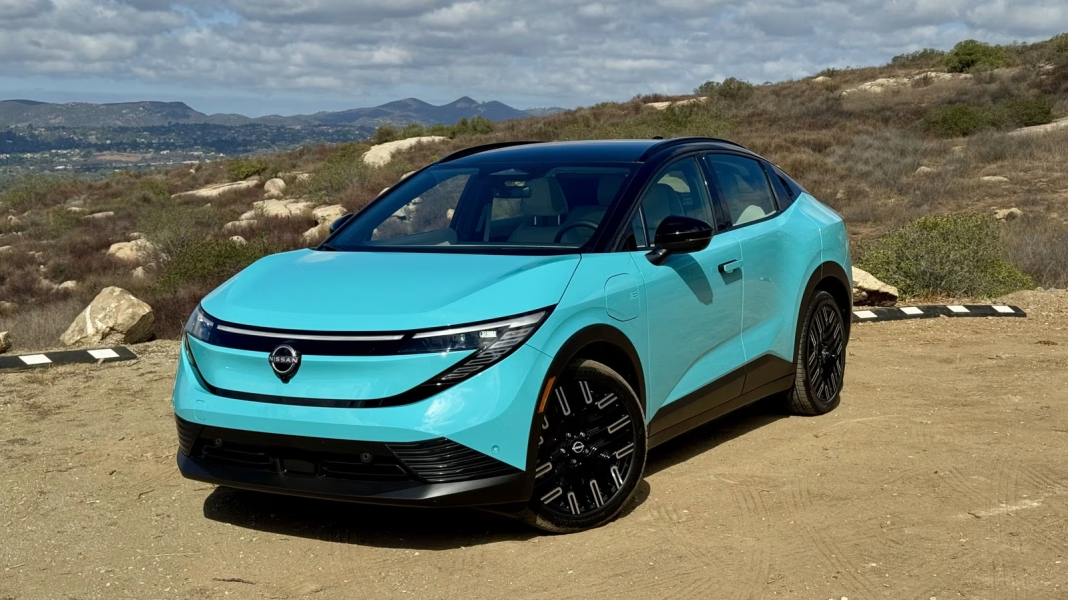How Does the 2026 Nissan Leaf Stand Out in a Market Full of Pricey New Cars?
If you’ve glanced at car prices lately, you know the sticker shock is real. With the average new vehicle now hovering around $50,000, finding something that feels both modern and affordable can seem like chasing a unicorn. That’s where the 2026 Nissan Leaf quietly steps into the spotlight. It’s not just another electric car—it’s a statement that you don’t have to empty your savings to drive something forward-thinking.
What’s New with the 2026 Leaf, and Why Should You Care?
Nissan’s latest Leaf isn’t just a mild refresh. The company has gone back to the drawing board, addressing many of the quirks that kept previous models from being true contenders in the EV space. The design is sharper, the interior tech feels more intuitive, and—most importantly—the driving experience is leagues ahead of where it was just a few years ago.
Take the new infotainment system, for example. It’s not just about a bigger screen; it’s about faster response times, better smartphone integration, and a layout that doesn’t make you hunt for basic controls. Nissan’s engineers have clearly listened to feedback from real drivers, not just focus groups. The result? Pure magic.
How Does the Leaf’s Value Compare to Other Electric Cars?
Let’s talk numbers. According to Kelley Blue Book, the average price for a new EV in the U.S. is now well over $53,000. The Leaf undercuts that by a significant margin, often coming in $10,000 or more below rivals like the Tesla Model 3 or Hyundai Ioniq 5. For buyers who want to go electric without taking on a luxury-car payment, that’s a breath of fresh air.
But value isn’t just about the sticker price. The Leaf’s lower running costs—think less maintenance, cheaper charging compared to gas—mean the savings keep stacking up long after you drive off the lot. And with many states still offering generous EV incentives, the real-world cost can dip even further.
Is the 2026 Leaf Actually Fun to Drive?
Here’s where things get interesting. Early Leafs felt a bit like appliances—practical, but not exactly thrilling. The 2026 model changes that narrative. The steering is more responsive, the ride feels planted, and there’s enough zip off the line to make city driving genuinely enjoyable. No, it won’t outpace a sports sedan, but it’s no longer the wallflower at the EV dance.
Real-world owners have noticed, too. In recent surveys by Consumer Reports, the latest Leaf scored higher for driving satisfaction than several pricier competitors. It’s proof that you don’t need to spend a fortune to get a car that’s actually fun to live with.
What About Range and Charging—Are There Still Trade-Offs?
Let’s be honest: range anxiety is still a thing for many would-be EV drivers. The 2026 Leaf doesn’t claim the highest numbers in the segment, but it’s made meaningful strides. With an EPA-estimated range that comfortably covers most daily commutes and errands, it’s more than enough for the average driver. Fast-charging capability has also improved, making road trips less of a nail-biter.
If you’re coming from a gas car, there’s a learning curve. But with public charging infrastructure expanding rapidly—up 40% in the U.S. since 2022, according to the Department of Energy—owning an EV like the Leaf is getting easier by the month.
How Does the Leaf Stack Up on Safety and Tech Features?
Safety isn’t an afterthought here. The 2026 Leaf comes loaded with advanced driver-assistance features, including automatic emergency braking, lane-keeping assist, and adaptive cruise control. These aren’t just nice-to-haves; they’re the kind of tech that makes everyday driving less stressful and, frankly, safer for everyone on the road.
Inside, you’ll find thoughtful touches like wireless charging, improved seat comfort, and a digital instrument cluster that’s easy on the eyes. It’s clear Nissan wants you to feel like you’re getting more than just a budget EV.
Who Is the 2026 Leaf Really For?
If you’re someone who wants to dip a toe into the world of electric cars without getting lost in a sea of luxury options, the Leaf is worth a look. It’s practical, approachable, and—thanks to its lower price—doesn’t demand that you compromise on the basics.
Families appreciate the roomy back seat and cargo space. Commuters love the quiet, smooth ride. And for first-time EV buyers, the Leaf’s reputation for reliability and straightforward ownership is a major plus.
The Big Takeaway
The 2026 Nissan Leaf isn’t about perfection—it’s about smarter adjustments. Start with one change this week, and you’ll likely spot the difference by month’s end. For anyone tired of sky-high car prices and ready to make a savvy move, the Leaf proves that going electric can be both sensible and surprisingly satisfying.


